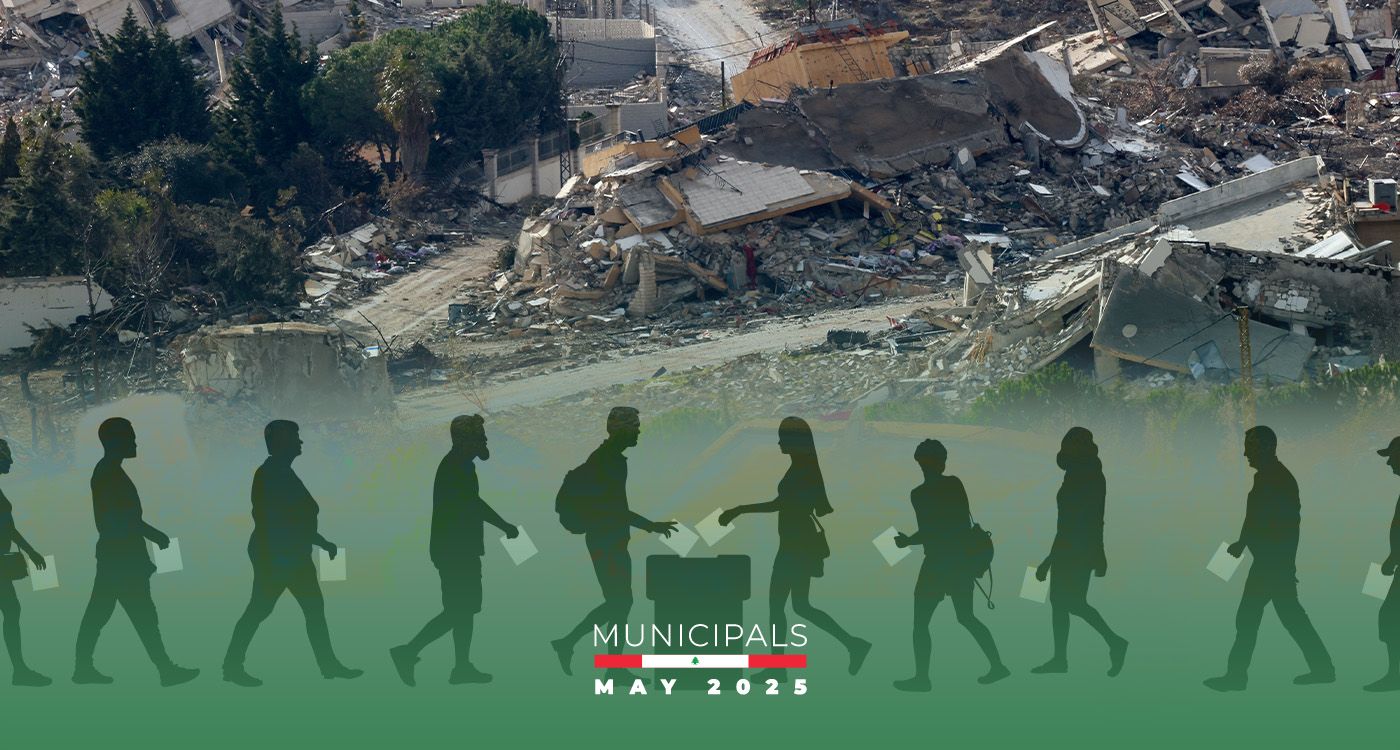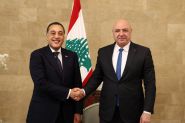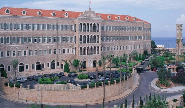
Walking through Nabatiyeh, one sees not only electoral banners and candidate posters, but also rows of portraits of those killed by Israeli strikes during the 2024 Hezbollah-Israel war. Among them are elected municipal officials, including the late municipal president Ahmed Kaheel.
Yet, despite the scars of war, Nabatiyeh is gearing up for municipal and mukhtar elections on May 24. It's a return to routine, albeit in the most challenging of circumstances. The election is not just about politics; it marks the next stage of recovery and rebuilding. Its significance is heightened by the memory of the October 16, 2024, Israeli airstrike on the municipal council, which killed at least 16 officials, including the president, and injured more than 50 others.
The Shadow of the Shia Duo
The 2025 municipal elections in Nabatiyeh continue a long-standing arrangement in place since 2004, in which the Hezbollah-Amal alliance divides key leadership roles. Under this formula, Amal oversees the Shaqif-Nabatiyeh Municipal Union, while Hezbollah holds the presidency of Nabatiyeh’s municipality.
The coalition's joint electoral list, titled "Loyalty and Development," comprises 21 candidates: 12 from Hezbollah, 9 from Amal, and a shared Christian representative. Abbas Fakhr Al-Din, a Hezbollah figure, is the coalition's nominee for municipal president. For his part, the current president of the Nabatiyeh municipality, Khodr Kodeih—who succeeded the late mayor and was injured in the Israeli attack—has announced his candidacy for re-election as a member of the municipal council on the same list. The list is also reported to include independents affiliated with the alliance, selected for their technical and administrative expertise, particularly in anticipation of post-war reconstruction efforts.
This electoral slate underscores the duo’s approach to governance, emphasizing continuity as Nabatiyeh navigates the challenges of recovery and development.
The Shadow of an Opposition List
For the first time in over a decade, an organized opposition list has entered the municipal race in Nabatiyeh against the Hezbollah-Amal coalition. The list, titled “Nabatiyeh Deserves Life,” consists of 12 candidates, including representatives from the Lebanese Communist Party, which has publicly endorsed the initiative. The campaign is being framed as a fight for development, not politics, focusing on tangible improvements for the city rather than aligning with any political party or ideology.
In addition to the 12 members of the opposition list, four independents are also running separately, resulting in a field of 16 candidates challenging the Hezbollah-Amal duo’s list.
The Shadow of Destruction
The war has left an indelible mark on Nabatiyeh, and this election is taking place under the lingering shadow of recent hostilities. Just days before the elections, on May 15, 2025, Israel launched over 20 airstrikes on several towns in the Nabatiyeh district, including Kfar Tibnit, Kfar Rumman, and Upper Nabatiyeh. These strikes served as a stark reminder that the security situation remains volatile.
Despite these ongoing tensions, there is a sense of resolve. Security forces have been tasked with ensuring that order is maintained on election day. Residents in towns like Kfar Kila, where infrastructure has been devastated, will cast their votes at a school in Nabatiyeh. In other towns, such as Zibdin, Azza, and Sinay, candidates from the coalition have won by acclamation.
The Shadow of the Future
While the electoral outcome in Nabatiyeh is largely expected to favor the Hezbollah-Amal alliance, the entry of an opposition list signals interest in broader local democratic inclusion. For some southerners, this election is an opportunity to reaffirm support for the Shia duo; for others, it represents a chance to voice aspirations for alternative local governance. Regardless of the results, the elections in Nabatiyeh are significant, not only as a civic exercise following a period of armed conflict, but also as an indicator of how local political dynamics will shape the future of this southern town.






Comments